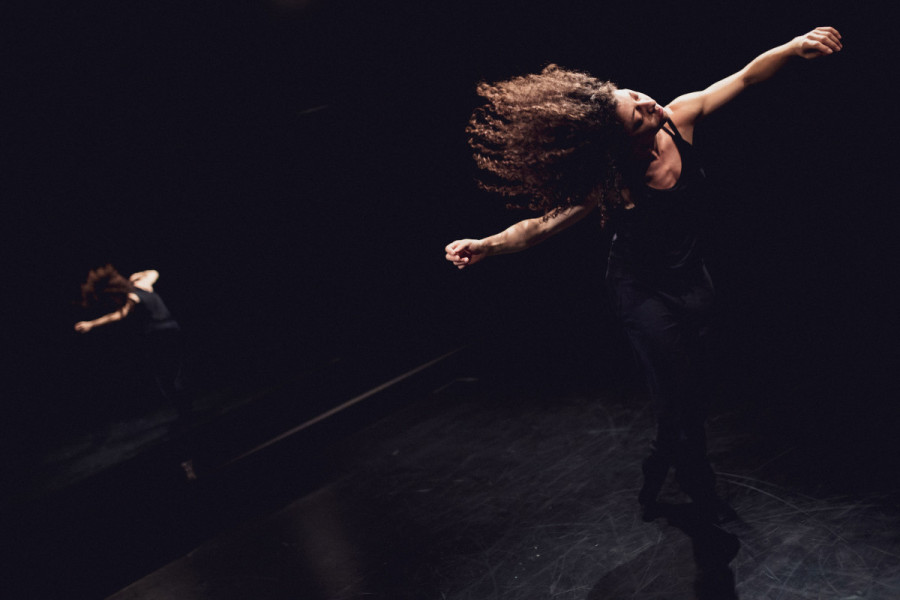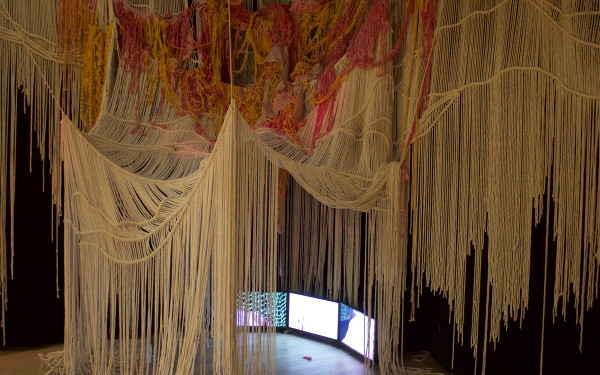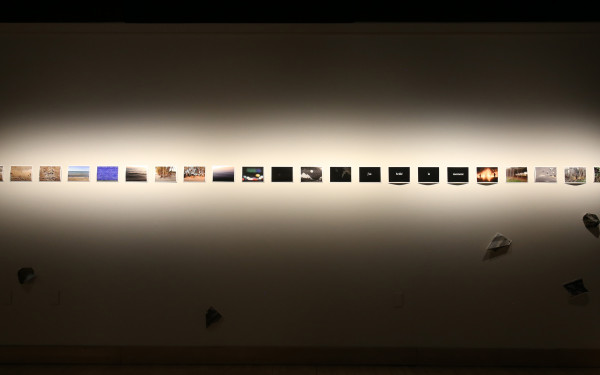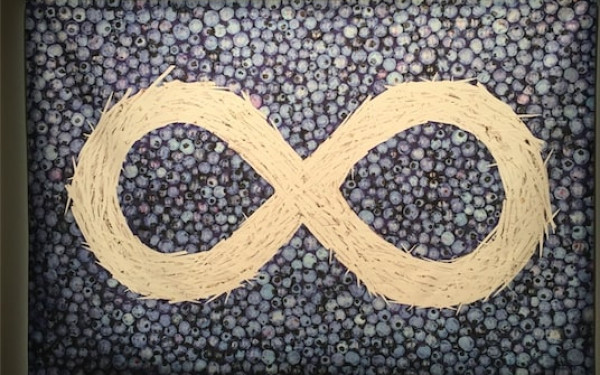If My Body Had a Name: A Breathing Body of Work
MAI showcases Hoor Malas’ Pluridisciplinary Act of Vulnerability
On Nov. 3, Syrian contemporary dancer Hoor Malas held the media premiere of her performance If My Body Had a Name in the Montreal arts interculturels.
The performance was held inside a 360 view proscenium alongside free flowing non-verbal Arabic songs. In a pitch black setting, Hoor Malas’ figure lay on the floor, naked, waiting to be animated by art.
Using techniques of release and improvisation as well as floor work, If My Body Had a Name is a contemporary dance performance exploring themes of vulnerability through a mind-body complex. It presents an analysis of the embodied resonance of gestures, particularly those associated with Malas’ Middle Eastern heritage and an exposure of their social and occasionally repressive aspects.
The proscenium being quite dense and narrow, the event was intimate, discrete and left open for vulnerability. The room’s compact and confidential space allowed for open self-expression and interaction with the audience. The audience’s reaction to that quiet ambiance was hence subjective, but constantly emotional.
Inspired by Ken Robinson’s Ted Talk about mind and body co-existence, Malas’ piece brings together the cultural conflicts of a country at war, the intuitive use of emotion and gesture, the positive and negative use of space and an interactive marionette-like choreography. These as a whole create a somatic experience and generate dialogue with intergenerational audiences, with an age range from very young to elderly.
According to the Head of Communications at the MAI, Jaëlle Dutremble-Rivet, this project was funded by Conseil des Arts de Montréal, Île de Montréal, Patrimoine Canada and several more institutions. Dutremble-Rivet said that Malas was invited to be a part of MAI’s programming after her work caught the attention of former MAI artistic director Michael Toppings.
Malas’ work invites audiences to reflect simultaneously on the physicality and psychology of the human body. Using dance, she practices multisensory storytelling, and dissects states of mind and different life stages with a series of monologues. Throughout her piece, Malas’ monologues convey her reflections on past personal experiences and what they have taught her about growth in life.
Malas explained that while her piece is anchored in the present, she also draws on a heavy accumulation of memories throughout. She added that monologues are her favourite method for tackling this approach as they allow her to process the emotions that it surfaces.
“I have a monologue throughout the whole piece. I have a monologue as a snail, I have a monologue as becoming a person, as a baby, as a teenager… I keep talking to myself. This whole work is a discovery, or a re-discovery of the self, ” Malas said.
Malas added that she wanted her performance to feature just one body, naked, with minimal light and music. She explained this was to put emphasis on the theme of control: control of breath, thought and self-expression.
Malas said that her performance also touches on her journey to Montreal. Instances from her personal history and relationship to Syrian culture are referenced throughout; all of which she has attempted to condense into a single gesture here.
According to Malas, accepting that one has no influence over other people's thoughts or reflections is difficult for artists to accept. “Letting go of control is a crucial aspect of the artist’s work, as once he stops seeking approval, he starts being true to himself,” she said.
Rehearsal and Technical Director Neil Sochasky also played a crucial role in the performance by providing feedback on Malas’ choreography.
“One thing to remember about live art is that each performance is its own thing,” he said. “That means that the work that you’re doing is still continuing… So tomorrow, you’ll still be growing the piece, the day after you’ll still be growing the piece. To me, this work, as much as it’s about reflective habits, it is about growth.”
This article originally appeared in Volume 43, Issue 6, published November 8, 2022.


_600_832_s.png)

_600_375_90_s_c1.jpg)


